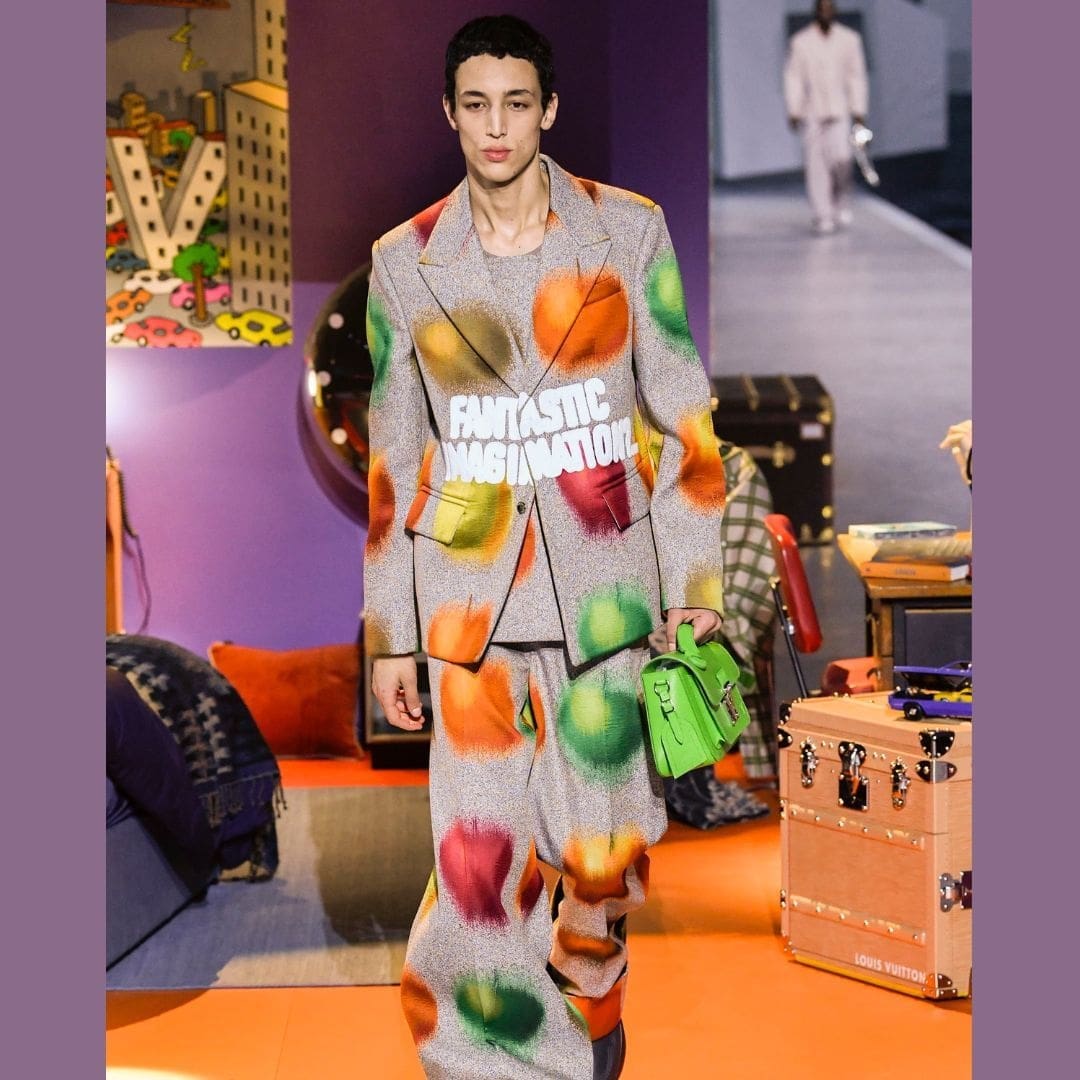It’s no secret that Louis Vuitton is luxury’s biggest and most profitable brand. But just how big, and profitable, the company has become may surprise some: while owner LVMH doesn’t break out sales for individual brands, analysts estimate Louis Vuitton’s revenues surpassed €20 billion last year, with an operating margin above 50 percent.
That’s just 4 years after the brand became luxury’s first €10 billion per-year brand in 2018.
The rapid expansion has been partly driven by surging luxury demand since the pandemic, with timeless products from blue-chip names attracting the most customers.
Vuitton’s growth is also the result of investment: the brand has consistently stolen market share from competitors by spending heavily on stores and marketing — not just during the industry’s boom years but in times of uncertainty as well. During 2020 and 2021′s coronavirus lockdowns, the brand forged ahead with store renovations and expansions — prepping new stores in Tokyo and Miami for 2022′s roaring comeback — as well as rolling out major advertising campaigns at a moment when many other companies were holding their firepower for better times.
Since the shocking death of menswear creative director Virgil Abloh, aged 41, in November 2021, Vuitton has continued to celebrate the late designer’s vision with big-budget tribute shows, featuring elaborate sets and performances by stars including Kendrick Lamar and conductor Gustavo Dudamel.
Abloh’s successor still has not been announced, but three seasons after his death the brand shows no signs of pulling back.
At Thursday’s show in Paris — the last before current CEO Michael Burke and executive vice president Delphine Arnault hand off leadership of the brand to Dior’s Pietro Beccari — Spanish pop superstar Rosalía sang and danced throughout the presentation. Models strutted around an elaborate set including a customised El Camino (reworked into a giant speaker) as well as what looked like adolescent bedrooms in a deconstructed retro house.
The collection, which was signed by Vuitton’s menswear studio but conceived with help from guest creative director Colm Dillane (best known for his own line, KidSuper) sent a fuzzier fashion message than previous seasons. A mix of elegant tailoring with utility-inspired boots and accessories, and casual pieces like jean jackets elevated through couture-level detailing were in line with Abloh’s menswear vision. Dillane’s technicolor signatures — including bright colours, swirly patchwork motifs, and slogans in chunky comic-book font — added a welcome dash of novelty, but sometimes clashed with pieces that still evoked Abloh’s stricter, architectural approach.
Despite the transitional nature of the collection, the show delivered a jolt of energy and attention for Vuitton’s menswear offer. In addition to Rosalía’s performance, buzzy guests like K-pop star J Hope, rapper Tyga, and “Emily in Paris” actor Lucien Laviscount were in place to ensure the event made a splash online.
Vuitton is estimated to have spent over a billion euros last year on marketing and promotions. As the brand flexes its unprecedented scale, and as a new CEO hired from Dior prepares to make his mark on the company, that figure is likely to climb. The menswear spectacle came on the heels of weeks of high-visibility promotional activities for Vuitton’s blockbuster collaboration with artist Yayoi Kusama — and it’s only January.
LVMH is part of a group of investors who, together, hold a minority interest in The Business of Fashion. All investors have signed shareholder’s documentation guaranteeing BoF’s complete editorial independence.

